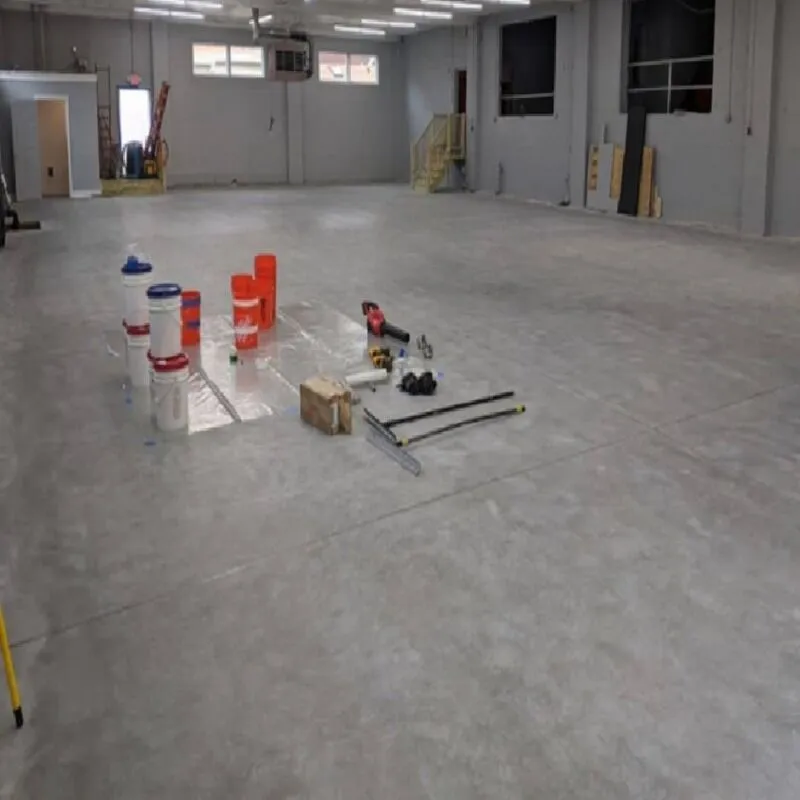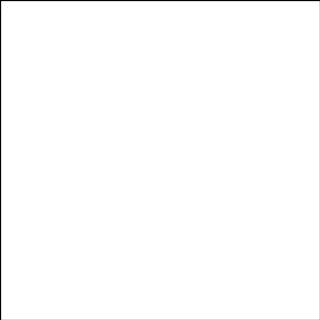No products in the cart.
Return To ShopE5015 Epoxy Primer WB Coating
E5015 Epoxy Primer WB is a water based 2 component epoxy penetrating primer coating with superb chemical resistance, abrasion resistance and substrate penetration. Has excellent adhesion with 425 psi. When used as a primer coat for epoxy, polyaspartic and urethane coating systems can help prevent damage (bubbles and air pockets) to the topcoat from concrete outgassing.
Comes in a satin finish and choice of clear or one of 20 different colors. The clear is not water clear and not suitable as final topcoat over previously color coated floors. Should select a primer color similar to color of topcoat.
Comes in a quart kit, 1 gallon kit, 2 gallon kit and 5 gallon kit.
For areas subject to constant exposure to water or high humidity, consider using our AM5015 Anti-Microbial Mildew Resistant Epoxy Primer
PRIMER: None required
TOPCOAT: Many products are suitable as topcoats including epoxy, urethane and polyaspartic coating systems.
Where is Epoxy Primer WB used?
- Concrete
- Masonry
- Wood
Why Epoxy Primer WB Coating?
- Versatile product good on concrete, masonry, wood surfaces
- Available in Clear and 20 Colors To Match With Topcoat
- Excellent as primer for epoxy, polyaspartic and urethane coating systems
- Helps prevent concrete outgassing problems when used as primer
- Long 1 – 1.5 hour pot life
- Excellent adhesion 425 psi
- Good chemical and abrasion resistance
- Water base
